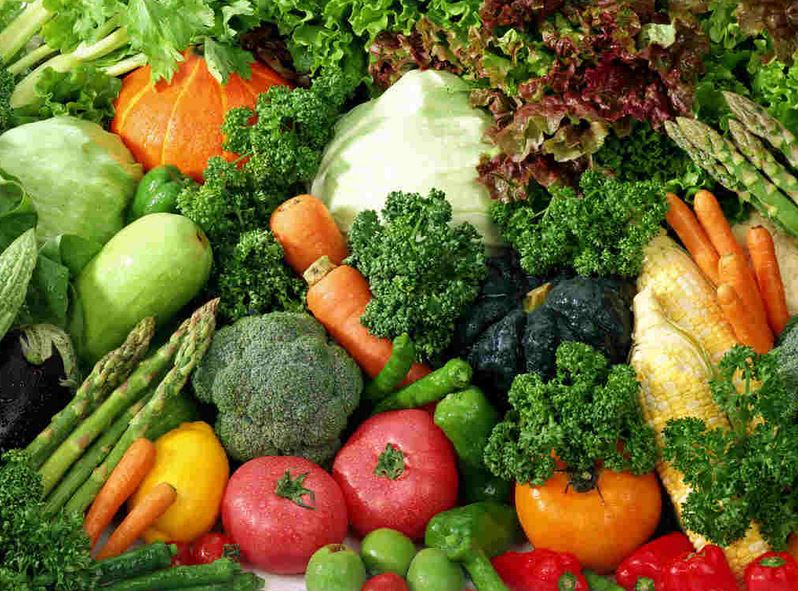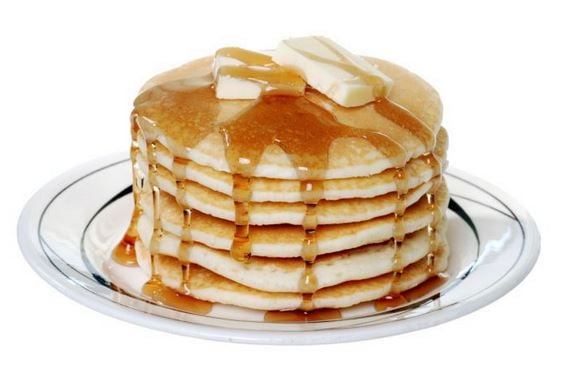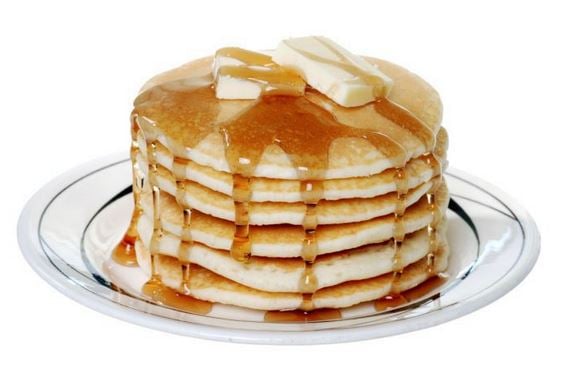Classrooms have changed drastically in many parts of the United States over the years, and many teachers are challenged with teaching students with varying degrees of comprehension of the English language.
Jennifer Marks, a teacher in Ashland, Massachusetts, recently took Learners Edge Course 842: Achieving Success with English Language Learners. In her coursework were a number of activities designed to help ELL students with reading, vocabulary, and grammar. Read on to see how creatively Jennifer uses Sorting Activities(vegetables), Total Physical Response, and Vocabulary Role Playin her work with ELL students.
Go Jennifer and thanks for sharing a few of your great teaching tips! We hope these strategies can help you with your English Language Learners.
Sorting Activities:

After we read the story, we can discuss which ones we like to eat the best and brainstorm some fruits and vegetables that weren’t in the story. I will then have a sheet of fruits and vegetables in little squares- there will be a colored picture of the fruit as well as the word underneath the picture. Then there will be a separate sheet with columns that consist of:
- 2 syllables
- 3 syllables
- 4 or more syllables

Total Physical Response:
One area where I think the Total Physical Response activity would be very useful is when I teach prepositions to my ELL students. A lot of times, the best way for them to learn is to act it out. The prepositions I will focus on are:
| above | behind | below | between |
| down | in | on | off |
| over | out | under |
I will write each word on a card and slip it into the pocket chart. As I produce each word, I will say the word, use it in a sentence and then act it out.
Example: I will stand behind the chair.

Vocabulary Role-Play:
One area where I find ELL students’ vocabulary is lacking is everyday household items. They rarely know the words for oven, spatula, apron, etc. because they do not hear these English words at home. In addition, lots of times in school, there is so much emphasis on content curriculum that other important vocabulary gets brushed aside. Yet, when I work with my Non-English speakers, I make it a point to introduce them to the everyday vocabulary as I feel it will be useful for comprehension later on when they read stories, etc.

| breakfast | pancakes | stove/oven | apron | ingredients |
| recipe | cookbook | spatula | skillet/pan | syrup |
| pantry | refrigerator | cabinets/cupboard |

Since the book is a wordless picture book, it gives the students the opportunity to put their own words to the pictures. We will write, as a group, sentences to go with the pictures, making sure to incorporate the previously highlighted vocabulary. As we continue to create the story, students can take turns acting out “scenes” from the story with real life props that I will supply (ex: a real spatula, pan, etc). We could either act out each page as we write or act out the whole story as a culmination of our writing project when we finish the story. Either way I think this is a great activity that will engage the students while at the same time helping them to learn everyday vocabulary.






